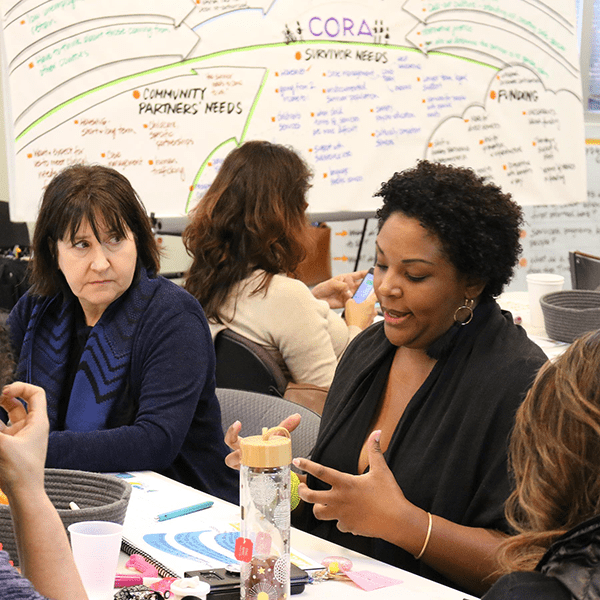It’s often said that statistics are cold, passionless and don’t convey real feeling. That is definitely not true when it comes to intimate partner abuse. When looking at domestic violence, statistics are more often frightening, disturbing and eye-opening. They can drive us to action. They can shed light on tragedies happening around us every day. Stats like this: 1 in 4 women, 1 in 7 men, and 1 in 2 members of the transgender community will experience intimate partner abuse in their lifetime.
Let that sink in. 1 in 4, 1 in 7 and 1 in 2. That means you definitely know someone who has experienced abuse. It means it’s highly probable someone in your closest circle of friends has suffered through an abusive relationship. It even means, when you sit down for a meal with your extended family, there is a good chance someone at that table knows about abuse firsthand. And yet, very few people talk about it.
This is the challenge of addressing intimate partner abuse in our communities. Abuse is exceptionally prevalent, but, since it isn’t discussed in our society and it remains in the shadows, the extent of the need is not immediately visible. Added to this, when a survivor does escape and abusive environment they are often met with suspicion, victim blaming, and more. All while navigating the most dangerous time thus far – after someone has left is, statistically, the time they are most likely to be killed by their abuser – in the midst of trauma.
The challenges are great … but there is hope. At CORA, we offer a wraparound set of services for those experiencing abuse. A 24-hour hotline is there for information, safety planning, connect caller with other services or just to listen and be supportive. There are Safe Houses for those with nowhere to stay when they escape. There are mental health services for adults and children so they can address the trauma they have experienced. There is a legal team to guide people through the often confusing aspects of the legal system post-abuse. There are programs specifically tailored to meet the needs of members of the LGBTQ community and young people in middle and high school. The need is great, so the response must be great.
October is Domestic Violence Awareness Month. Awareness of domestic violence can be as easy as talking about it. It might not feel natural to bring it up, but pushing past that initial unpleasant feeling usually leads to powerful, important conversations … and sometimes to a changed life.
We also like to think of this as Domestic Violence ACTION Month. There are hundreds of ways to actively address abuse. Some are as simple as reading a book about intimate partner violence and being more informed. Some are as large as committing to a long term, multi-year volunteer position with CORA. And perhaps one of the easiest actions you can take is also the one that can have the biggest effect: donating to your local domestic violence agency.
There’s no denying addressing intimate partner abuse – and eventually ending it! – is a daunting task. But it can be done. And it will have a profound effect on our communities, neighborhoods, friend circles and homes.
It all goes back to the numbers. 1 in 4, 1 in 7, 1 in 2. That’s so many people. So many opportunities to make a difference. So many opportunities to transform a life.
